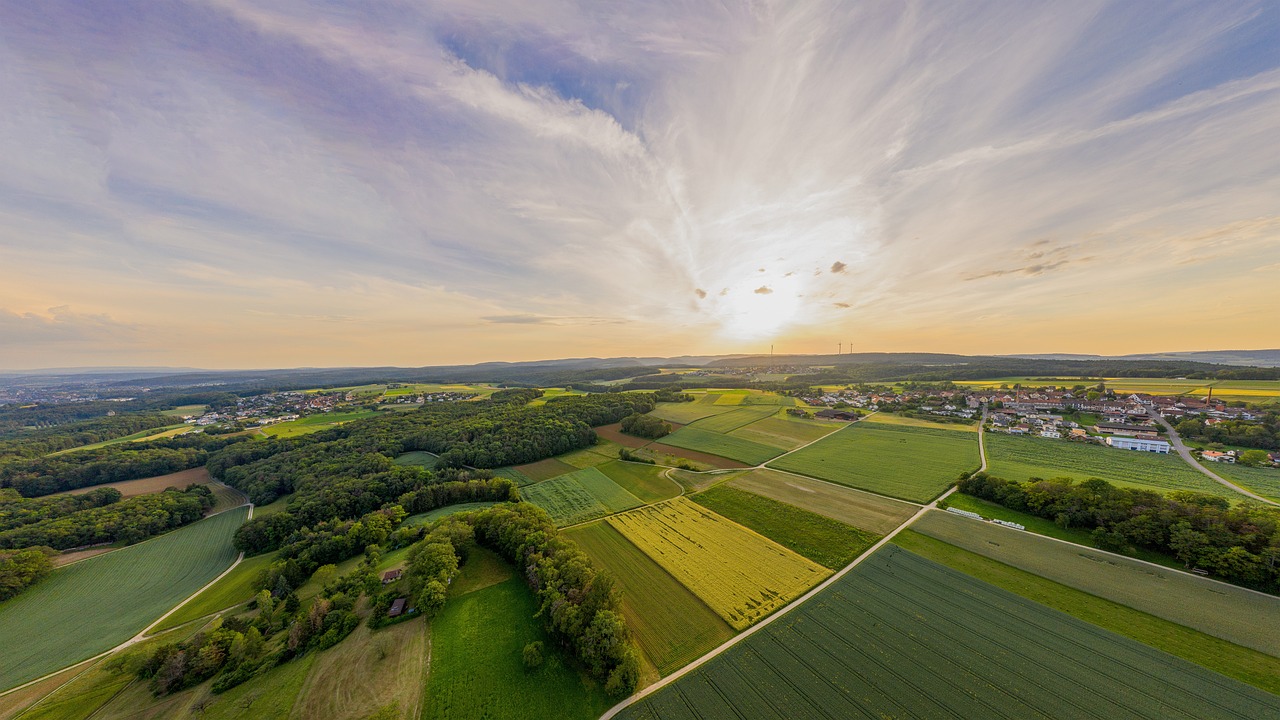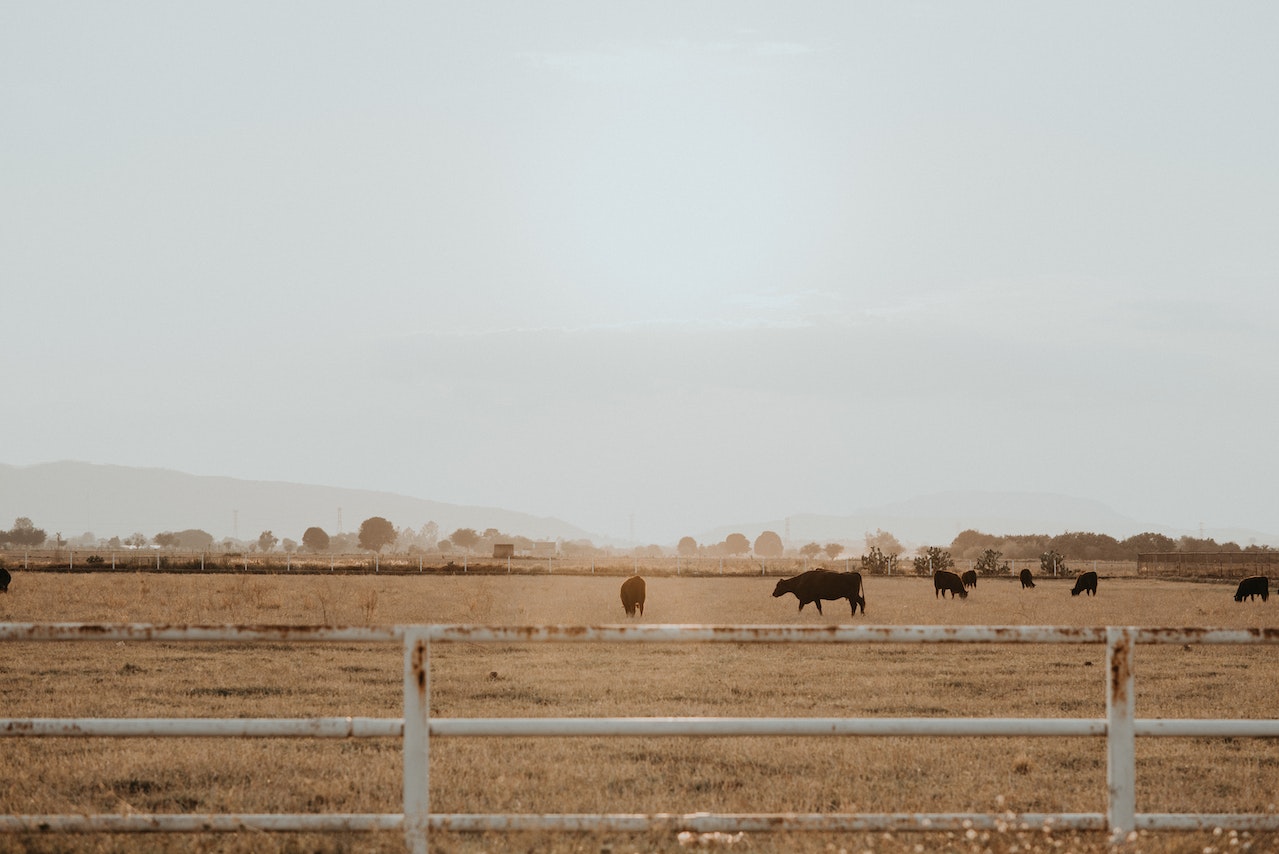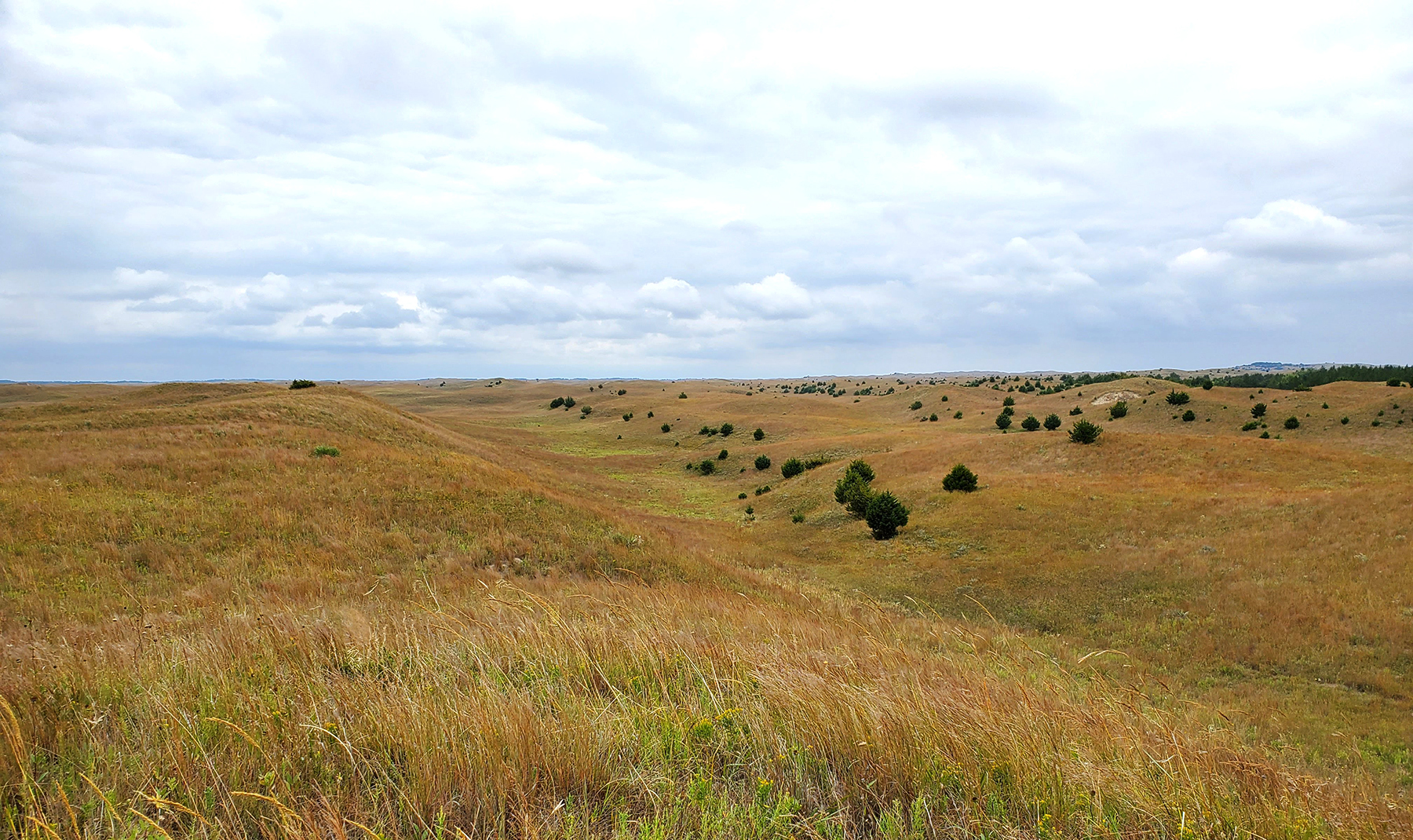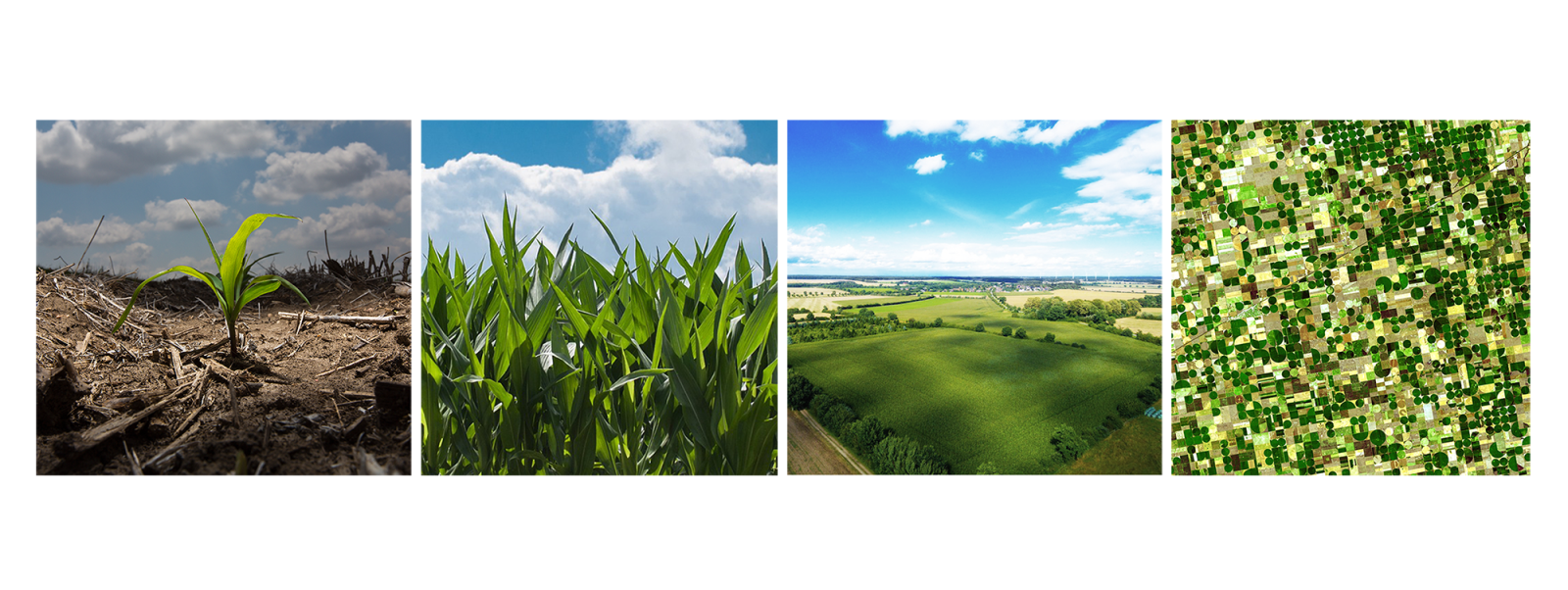
Heterogeneity and Scale
A key mechanism of resilience is diversity within and across the spatial and temporal scales of the human and biophysical attributes of agroecosystems. What are the social and environmental attributes of agroecosystems that contribute to its resilience and at what spatial and temporal scales do they confer the most resilience to agricultural systems? Conversely, what scales are most vulnerable?
Understanding the relationship between heterogeneity and scale in agricultural systems will permit a better assessment of tradeoffs that occur among ecosystem services both within and across scales and address the relationship between indices of socio-environmental agricultural resilience and diversity.

Thresholds
Thresholds define boundaries between alternative regimes, so are key to understanding the limits of resilience. In what social and environmental system attributes are there critical thresholds, at what spatial and temporal scales do these thresholds occur, how does crossing thresholds impact other system attributes within the same scale, and when does crossing a threshold cause cascading impacts across scales?
Identifying thresholds is crucial to managing for resilience, because knowing the location of thresholds facilitates the implementation of management schemes that avoid them.

Regime Shifts
Regime shifts in both the human and environmental dimensions of agricultural systems occur when the resilience of a system is exceeded and thresholds in key system attributes are crossed, forcing the system to re-organize around a different set of processes and functions. How do we understand, anticipate, and predict unwanted regime shifts in coupled socio-environmental agricultural systems across multiple system scales?
Thresholds separate alternative regimes, and avoiding thresholds is not always possible. In such circumstances, knowing what regime shifts may occur can allow adaptation strategies to mitigate potential socio-environmental and socio-economic collapse. Leading indicators of regime shifts in agricultural systems may provide early warning of regime change sufficient to avoid the shift.
